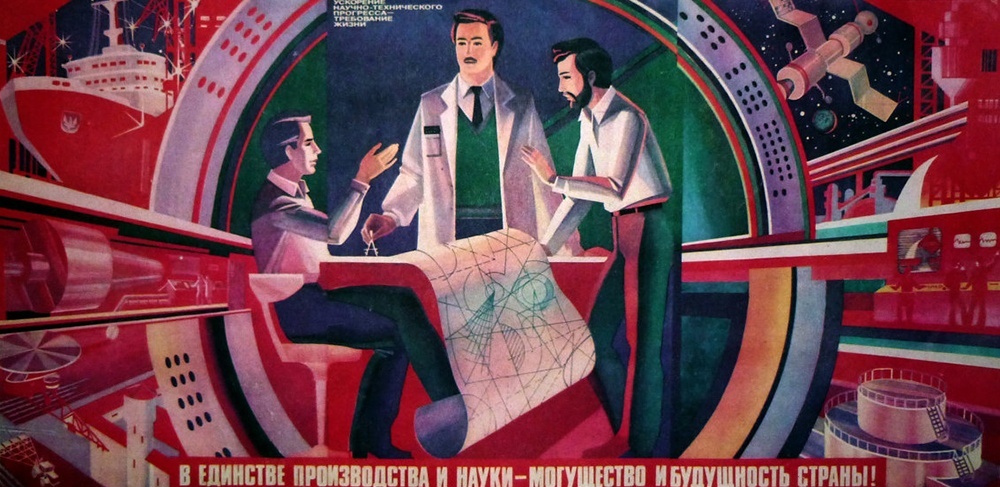Klaus Emil Julius Fuchs (29 December 1911 – 28 January 1988) was a German theoretical physicist and atomic spy who supplied information from the American, British and Canadian Manhattan Project to the Soviet Union during and shortly after World War II. While at the Los Alamos National Laboratory, Fuchs was responsible for many significant theoretical calculations relating to the first nuclear weapons and, later, early models of the hydrogen bomb. After his conviction in 1950, he served nine years in prison in the United Kingdom, then migrated to East Germany where he resumed his career as a physicist and scientific leader.
The son of a Lutheran pastor, Fuchs attended the University of Leipzig, where his father was a professor of theology, and became involved in student politics, joining the student branch of the Social Democratic Party of Germany (SPD), and the Reichsbanner Schwarz-Rot-Gold, the SPD's paramilitary organisation. He was expelled from the SPD in 1932, and joined the Communist Party of Germany (KPD). He went into hiding after the 1933 Reichstag fire, and fled to the United Kingdom, where he received his PhD from the University of Bristol under the supervision of Nevill Mott, and his DSc from the University of Edinburgh, where he worked as an assistant to Max Born.
After the Second World War broke out in Europe, he was interned in the Isle of Man, and later in Canada. After he returned to Britain in 1941, he became an assistant to Rudolf Peierls, working on "Tube Alloys"—the British atomic bomb project. He began passing information on the project to the Soviet Union through Ursula Kuczynski, codenamed "Sonya", a German communist and a major in Soviet military intelligence who had worked with Richard Sorge's spy ring in the Far East. In 1943, Fuchs and Peierls went to Columbia University, in New York City, to work on the Manhattan Project. In August 1944, Fuchs joined the Theoretical Physics Division at the Los Alamos Laboratory, working under Hans Bethe. His chief area of expertise was the problem of implosion, necessary for the development of the plutonium bomb. After the war, he returned to the UK and worked at the Atomic Energy Research Establishment at Harwell as head of the Theoretical Physics Division.
In January 1950, Fuchs confessed that he had passed information to the Soviets over a seven-year period beginning in 1942. A British court sentenced him to fourteen years' imprisonment and he was subsequently stripped of his British citizenship. He was released in 1959, after serving nine years, and migrated to the German Democratic Republic (East Germany), where he was elected to the Academy of Sciences and became a member of the Socialist Unity Party of Germany (SED) central committee. He was later appointed deputy director of the Institute for Nuclear Research in Rossendorf, where he served until he retired in 1979.
Megathreads and spaces to hang out:
- ❤️ Come listen to music and Watch movies with your fellow Hexbears nerd, in Cy.tube
- 💖 Come talk in the New Monthly queer thread
- 💛 Read and talk about a current topics in the News Megathread
- ⭐️ October Movie Nominations ⭐️
reminders:
- 💚 You nerds can join specific comms to see posts about all sorts of topics
- 💙 Hexbear’s algorithm prioritizes comments over upbears
- 💜 Sorting by new you nerd
- 🌈 If you ever want to make your own megathread, you can go here nerd
- 🐶 Join the unofficial Hexbear-adjacent Mastodon instance toots.matapacos.dog
Links To Resources (Aid and Theory):
Aid:
Theory:


deleted by creator